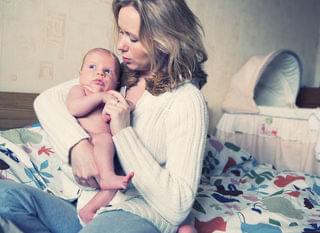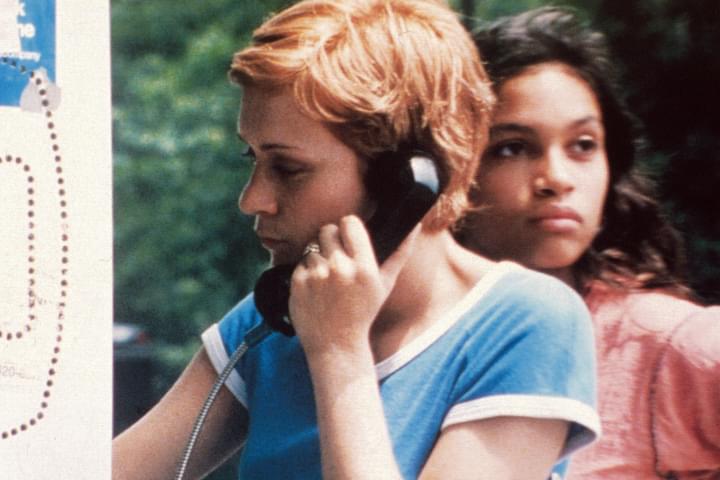How to arrange and organize a children's playroom?
About the importance of play in child’s development experts from various fields have been writing in countless studies experts, in which they point out that by playing a child is absorbing new experiences, learn to understand the world around him, an exercise to build relationships with others, develop imagination and motor skills, testing their own intellectual and creative opportunities that will later in life build additional skills.
Therefore it is no wonder that today, perhaps more than ever, is important that every home has at least one separate corner adapted to the needs of the child, where they will be able to enjoy their own little world of fun and carefree moments of childhood that it will always be happy to reminisce later.
Whether it is a part of the children's room or a separate room intended for a children's playroom, this space should be a functional and aesthetical place that a child sees as their own little empire "strictly forbidden" to adults.
The basic elements of each playroom
In all areas designated for children's play are extremely important adequate flooring. In addition to flooring for which are scattered cushions for seating or standard carpet that is easy to clean and is periodically replaced due to hygienic reasons, are now becoming increasingly popular flexible vinyl or rubber floors, with anti-slip features. In playrooms such floors can often be found in the form of a single color or multicolored cubes, which are not only beautiful and interesting, but also easy to install and even easier to maintain. One of the most famous “patterns'' of such cubes is still a puzzle pattern.
Tables and chairs in the children's playroom are recommended for all children, not just for those who show enthusiasm for coloring books or writing the first letters and numbers. Tables and chairs are the place of the first attempts to shape clay, board games, concluding the first didactic toys, which is a good "overture" for later school age and larger tables. Tables and (usually four) chairs in the playrooms are adapted to the child's height, the ideal are of lightweight wood or synthetic materials so that the child could easily move them when needed and with slightly rounded edges.
Always make sure that one part of the room remains empty so that the child in the playroom could dance, sit on the floor with their friends and play board games or stretch their new rail station ... To creating additional free space will greatly assist lightweight chairs that can be folded or be stacked at the wall in one corner of the room.
Kids like to retract into different “shelters'' and prefer a variety of physical activities - because of that is always desirable to place small canvas houses or tents, but also the possibility of installing wall ladders, swings, slides, which descends from the bed, and the like.
Colors
How playrooms include various children's activities, we recommend warm and bright colors, such as intense yellow or orange ... If the play corner is a part of already decorated children's room, we suggest you paint the wall around the playground in one of the bright hues of the existing tones in the interior (eg, for girl’s rooms where the walls are painted in pink tones, playroom wall would be in shades of fuchsia).
One part of the playroom wall would be good to paint in gray, green, or white blackboard, and it is good to think about the wall painted with oil paints that can be easily be maintained.
Colorfulness in a playgroup is not only permissible, but also desirable. However, try to choose one color that will dominate (the best on the walls) and furniture in one color and identical material.
How children perceive their own play area part of the home, it does not hurt to put decorative letters of thin foam/rubber or wood with their initials or full names on the walls . Alternatively, it will look good any cute stickers with any text, such as "I’m playing" or "My corner."
Storage spaces - the key to the success of each playgroup
Kids can be real masters at creating clutter in which they often lose things and ask for your help in finding the car toys or favorite doll under a pile of other toys. Therefore, do not forget on the storages in the playrooms in which after the game children can store all their “props”. Such storage are extremely important not only because it prevents confusion and chaos , but also reduce the risk of injury to children and adults (eg, skateboard covered with an illustrated comic book , as well as piles of Lego blocks are some of the most common risks in each playroom ).
Storage for toys can be shelves, chests, lower cabinets , drawers , baskets , wall canvas panels with pockets ... no matter what type of storage you decide for , it is best to be adapted to the age of the child , that it could take the desired item and after use clean up by itself. This way the child will learn to develop work habits and a sense of responsibility. On the higher shelves that the child can not reach use to store toys that are not in daily use, various awards from extracurricular activities or the child's best artwork.
If you don’t have enough space to store all children’s belongings (and we all know that they can gathered over years a lot) consider renting a storage unit where you’ll place all toys that the child “overgrove” or is too small to play with. And with time you can replace the toys and provide your child “something new” and interesting. Storage units are extremely popular and can be found almost everywhere (see storage locations in Auckland) so we’re sure you won’t have problems renting one nearby.
Good storage organization is another extremely important element in playroom. Separation of toys and other items by category that are used for playing, either in separate partitions or baskets/boxes in open shelves, will save time to find them, as well as contribute to a child's developing awareness of the benefits of proper space organization.
Especially attractive are the shelves that will appeal to every child in the form of letters or numbers, or lower with a lot of small holes in which are placed multicolored cloth or plastic containers to store toys. For shelves, whose organization will be arranged to the needs of your child, is good to hire a local handyman, while in a small playrooms with a very large number of toys should be considered the possibility of built-in wardrobes with sliding doors, which will hide too colorful “clutter” and increase the room.
Playrooms should always have a separate free, empty space for active play. So, do not unnecessarily overload the room! Beautifully arranged, decorated and organized playroom will “invite” your child for playing and keep it occupied and happy.
Image credit: AndWat on Flickr

When most women leave the hospital after having a baby, they receive a brochure about postpartum depression(PPD) that may feature a photo of a woman looking bereft, sad, ...

Rosie O’Donnell’s 17-year-old daughter Chelsea has been missing since last week, the TV star confirmed on her website. The teen and her 6-month-old therapy d...


Comment using Facebook